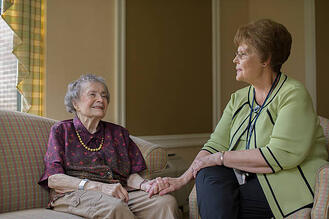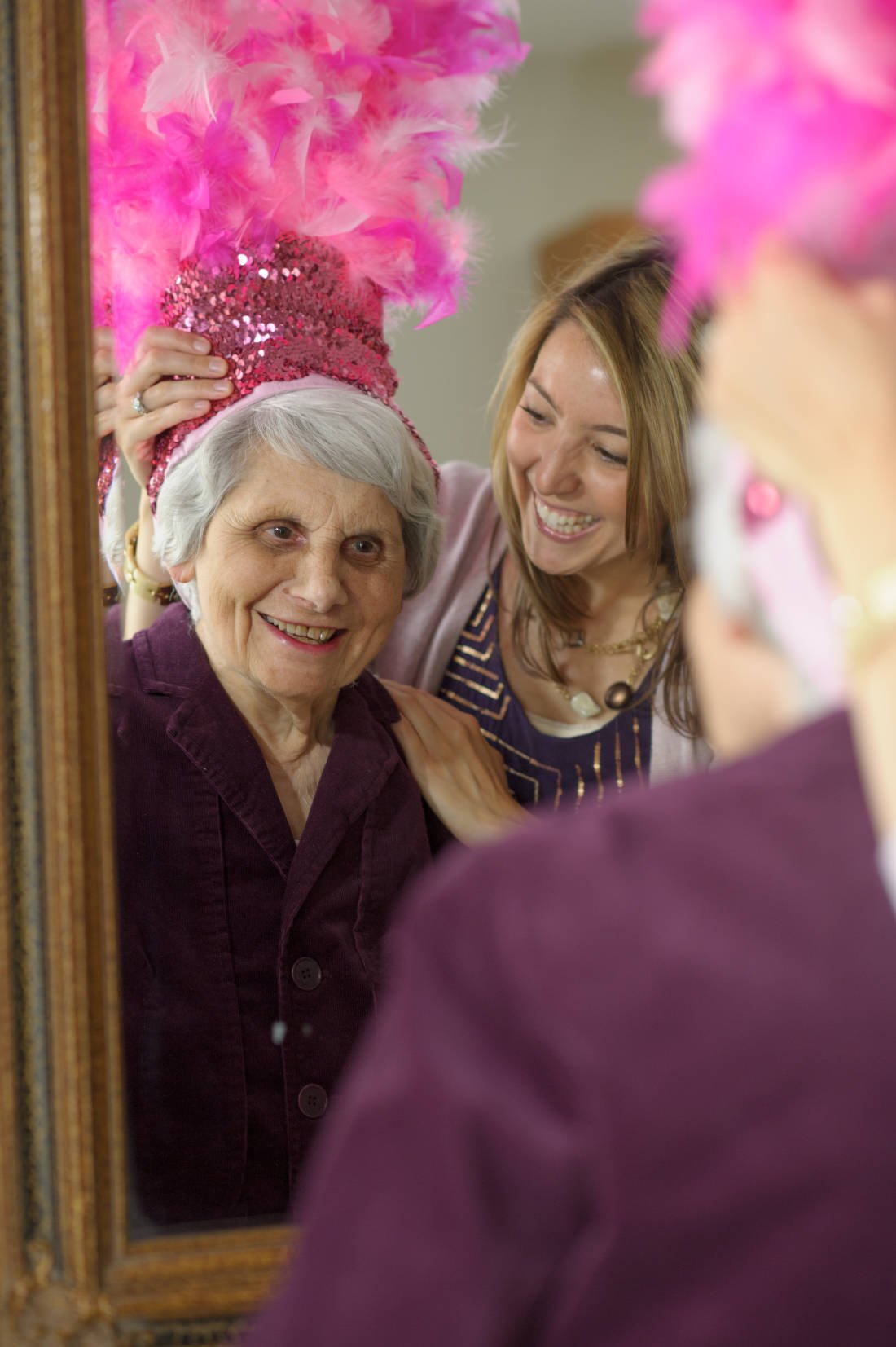Cataracts and Aging Loved Ones: What You Need to Know
assisted living | Aging & Caregiving
 According to Prevent Blindness America, cataracts affect more than 50 percent of Americans by the age of 80. While age-related cataracts can cause serious damage -- and even blindness -- if left untreated, routine medical care can significantly enhance the quality of life of your aging loved one.
According to Prevent Blindness America, cataracts affect more than 50 percent of Americans by the age of 80. While age-related cataracts can cause serious damage -- and even blindness -- if left untreated, routine medical care can significantly enhance the quality of life of your aging loved one.
What Are Cataracts?
A leading cause of senior vision impairment in the United States, cataracts occur when the eye’s naturally clear lens becomes cloudy. This condition is increasingly common as the eye ages.
Symptoms of cataracts may include the following:
- Blurry vision
- Loss of contrast sensitivity resulting in dull, less vibrant colors
- Increased glare
- Halos around lights
- Diminished night vision
- Double vision
Cataracts generally do not cause pain or discomfort, nor do they alter the eye’s external appearance.
While anyone can develop cataracts, people who smoke, have diabetes or have a family history of the disease are at increased risk.
Cataract Prevention
Regular eye exams are recommended for adults over the age of 65. In addition to diagnosing and monitoring cataracts, routine vision screenings can also catch other common eye conditions, including glaucoma and age-related macular degeneration. Those with insufficient access to medical treatment can take advantage of the Foundation of the American Academy of Ophthalmology's EyeCare America program. This free public service offers eye care and treatment to qualifying seniors.
Treatment for Cataracts
Untreated cataracts can lead to serious physical and psychological problems, from accidents and injuries caused by unseen obstacles to feelings of isolation and depression. The longer cataracts remain untreated, the more challenging it is to reverse or repair damage. In fact, while treatment for cataracts is typically successful, the disease remains the globe’s most common cause of blindness due to lack of surgical services in some parts of the world.
Treatment for cataracts is as simple as a new eyeglass prescription in many cases. However, when cataracts begin to interfere with daily activities -- including driving, exercising and reading -- corrective surgery may be in order. Every year, millions of Americans have cataract surgery, which is considered to be one of modern medicine’s most common, safe and effective procedures.
While many seniors accept vision loss as a natural part of the aging process, ophthalmologists urge caregivers of aging loved ones to be aware of symptoms and to seek medical help. Prompt diagnosis and treatment of cataracts cannot only help seniors maintain their sight, but also their independence.
Key Takeaways:
- Vision impairment can lead to a variety of physical and emotional issues so it is important to maintain optimal eye health.
- While cataracts are a leading cause of vision impairment in seniors, routine medical care can help repair the condition.
- Vision screenings are recommended for all adults ages 65 and older.
- Treatments for cataracts range from new lens prescriptions to surgery.
About Marissa Salvesen
My journey into the world of senior living began when I started working for United Methodist Homes in 2010. Starting as an Activities Director at one of our award-winning assisted and independent living communities and then transitioning to Marketing and Promotions Manager for UMH, I now work as the Manager of Mission Development, fostering the Mission and Values of our organization. I love sharing stories about the many ways we build meaningful relationships and enrich the lives of those we serve, and am proud to be part of building UMH’s 140-year legacy of caring. Wondering what makes our communities such special places to live and work? Connect with me and find out!

Our Blog is a 2016 Platinum Generations Award Winner! The Generations Award is an annual international competition for excellence in senior marketing recognizing professionals who have communicated to the 50+ Mature Markets.




